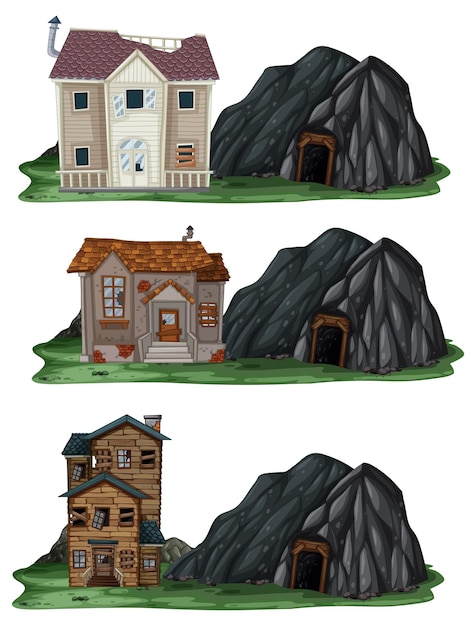When I shared my recent hike in the Serra da Lousã on social media, it quickly caught the attention of my expat and nomad friends in Lisbon. They flooded my DMs with questions: Where is this place? How do you get there? And how is this in Portugal?! The buzz got me thinking it’s time to spill the beans about this hidden gem here too.
Why should you visit the Serra da Lousã? Well, this place is unlike any other in Portugal. With its stone houses and mossy trails, it feels like stepping into a Medieval fantasy world, especially on misty days like when I visited. Nestled near Coimbra, the Lousã valley is part of a larger region in central Portugal filled with castles, villages, and scenic hiking trails. It’s a peaceful area off the beaten tourist path, perfect for hiking or unwinding in a cozy B&B surrounded by nature.
The villages in this region stand out with their houses made of brown and grey schist rocks, a unique contrast to the typical whitewashed houses with colorful window sills found elsewhere in Portugal. The lush greenery and higher rainfall compared to other parts of the country make Serra da Lousã a delightful place to explore, especially on foot.
If you’re up for hiking, the Lousã valley offers 7 official trails, each clearly signposted. A great starting point is the Castle of Lousã, where you’ll find info boards and two trailheads. I tackled four marked hikes, which I can break down into two recommended loops.
For a moderate day hike, try the circular route marked as PR2. It takes around 3 ⅕ hours, starting and ending at the Castle of Lousã. I suggest following the trail clockwise to avoid a steep ascent at the beginning, like I faced going the other way. The path winds through the valley, passing by two schist villages and offering picturesque forest views. Talasnal, a charming hilltop town midway through the hike, is a perfect spot to rest and refuel.
For the hardcore hikers or those up for a 2-day adventure, consider the big loop combining the linear hikes PR3 and PR4. This longer route, about 8 hours in total, features a mix of terrains and highlights like a levada (mountain water channel) and the Four Villages trail passing by Schist villages.
During my stay, I lodged in the quaint Schist village of Candal, run by a Belgian family offering cozy B&Bs. The village’s lack of WiFi and minimal mobile reception turned out to be a refreshing digital detox. I explored the nearby waterfall, relaxed by a wood fire, and relished the peaceful ambiance.
If you plan to visit, remember to book accommodation in advance, especially during peak times, as the Lousã valley is a popular weekend getaway for locals. Whether you choose Candal or the more bustling Talasnal as your base, both offer unique experiences amidst the stunning natural surroundings.
To reach the Serra da Lousã, you can drive to the Castelo da Lousã, where many hiking trails begin, or opt for public transport by taking a train to Coimbra and then a bus to Lousã. The bus ride takes about 45 minutes, and a short walk from the bus stop will lead you to the castle.
Beyond Lousã, the Schist Villages span a vast area towards the Serra da Estrela, offering more hidden gems to explore. If you’re keen on further adventures, I recommend checking out the Zêzere river area, just a short drive south, for more scenic hikes and intriguing sights.
For additional details on the Schist Villages and trails, visit the official website. Keep in mind that not all pages are translated into English, so using auto-translate on the Portuguese site can be helpful. And remember, some links may be affiliate links, meaning I may earn a commission from recommended products or services.
